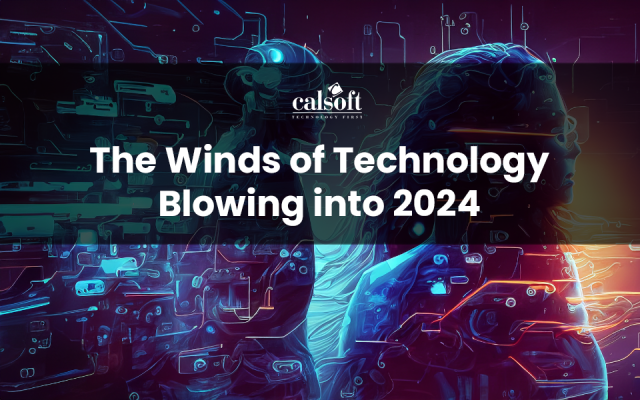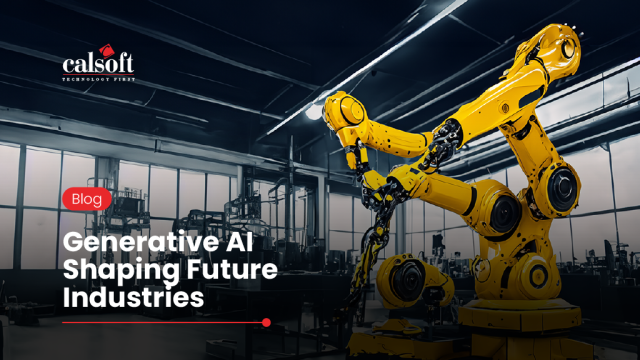vSphere Virtual Storage Appliance [VSA]:
VSA is created for SMBs that either don’t have the budget to buy shared storage hardware or lack the skills to manage a more complex storage environment.
Without access to a SAN or NAS array, SMB aren’t able to use top features which are available in VMware virtual infrastructure like HA and vMotion etc.
With the help of VSA, SMB can now use many vSphere features without having to purchase a SAN or NAS device to provide them with shared storage.
Calsoft Whitepaper: File Virtualization with the Direct NFS Protocol
VSA works by using the hard drives from the server hosts (ESXi or ESX servers) into a pooled storage, which is fault tolerant similar to an accumulative RAID device. If a single hard drive fails in a host, the RAID configuration within that host will keep providing the data. VSA mirrors data among multiple nodes (multiple ESXi or ESX server hosts). If a server fails, data contained in it will still be available from the hard drives of other ESX servers being used in the VSA configuration.
Pros of VSA
- vMotion
- svMotion [Storage vMotion]
- DRS [Distributed Resource Scheduling ]
- HA[High Availability]
- Some vendors provide full functionality of a high-end SAN system
- Saving in CAPEX
- Saving in OPEX
Cons of VSA
- A VSA doesn’t support memory over commit
- VSA, once installed, restricts including additional storage to a VSA cluster
- The VSA creates a usable partition that is equivalent to the amount of disk space in the server containing the least quantity of disk space
- A VSA isn’t intended to be installed onto existing ESXi hosts; it prefers installation onto essentially un-configured hardware. ESXi hosts can’t run VMs before creating the VSA cluster
- A VSA, in combination with VMware’s RAID requirements for locally attached storage, requires a 75 percent storage overhead for redundancy. This requirement means only 25 percent of deployed storage is actually available for use
- A VSA can be configured in a 2 or 3 server configuration that, once installed, can’t be altered
- VMware suggests one doesn’t run vCenter Server within VSA as a VM because the loss of a data store could prevent access to the VSA Manager. As a result, an additional and separate physical computer or VM is required to run vCenter Server and the VSA Manager.
- A VSA reserves 33 percent of CPU and memory resources on a 3 hosts cluster and 50 percent of CPU and memory resources on a 2 hosts cluster for high availability admission control
To know more email: marketing@calsoftinc.com
Contributed by: Yogesh Patil| Calsoft inc
Calsoft’s VMware Expertise
Calsoft’s customers leverage our skills in building, testing and deploying their product in the VMware ecosystem. A few are: VMware Storage Certification, VMware Orchestrator Plugin, vCenter Plug-in development, VMware APIs for Array Integration ( VAAI ) & VMware Lab Manager






